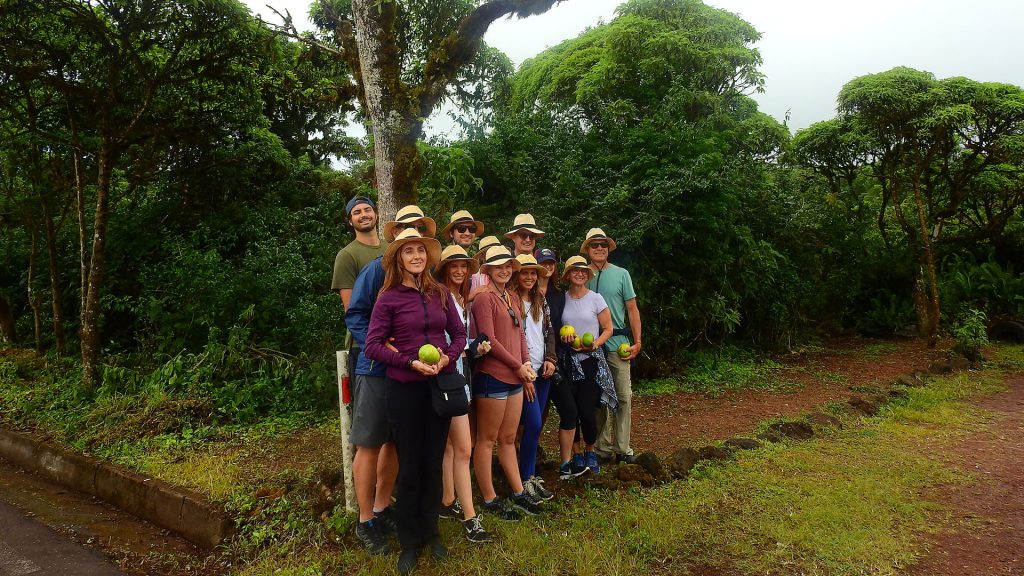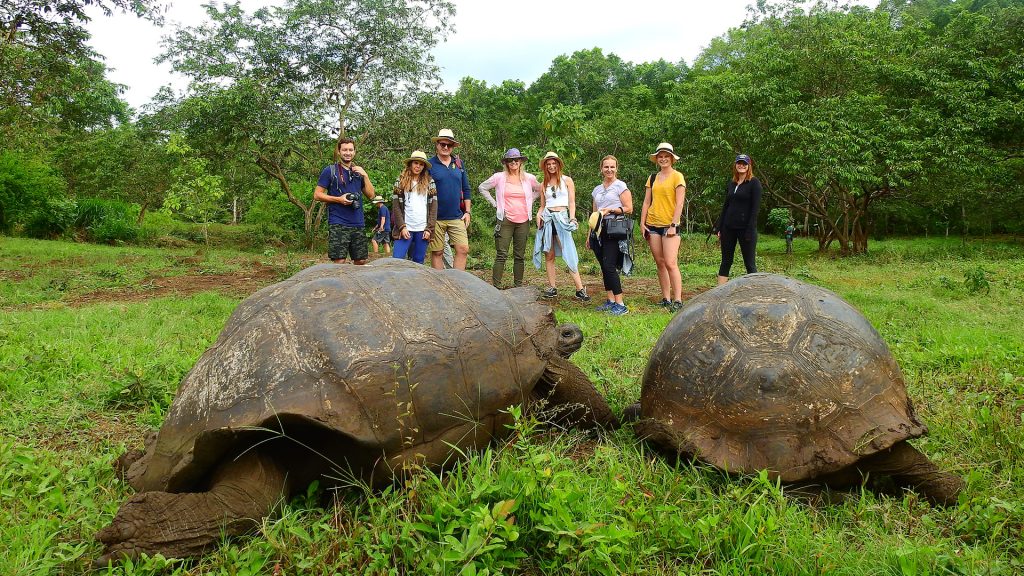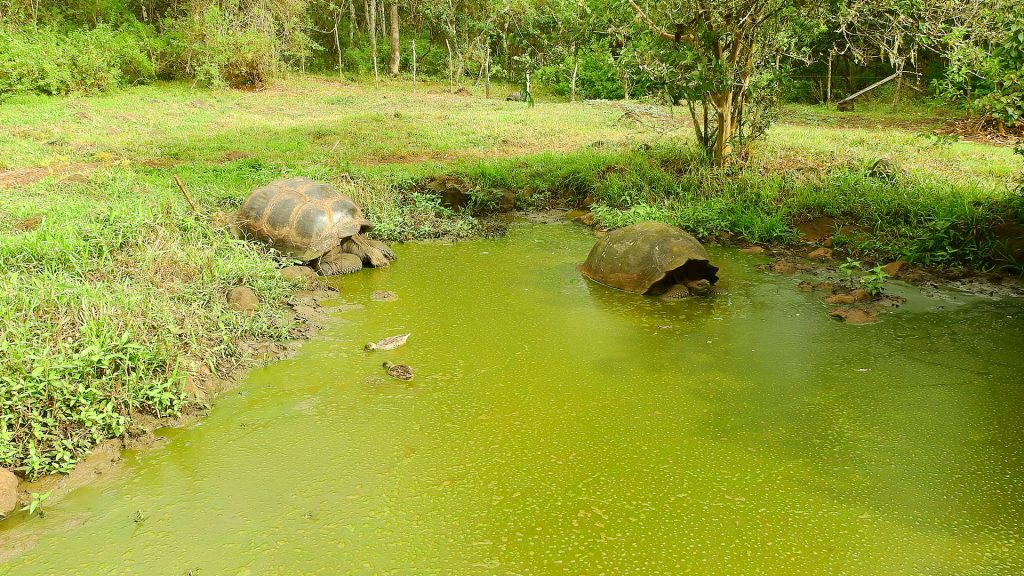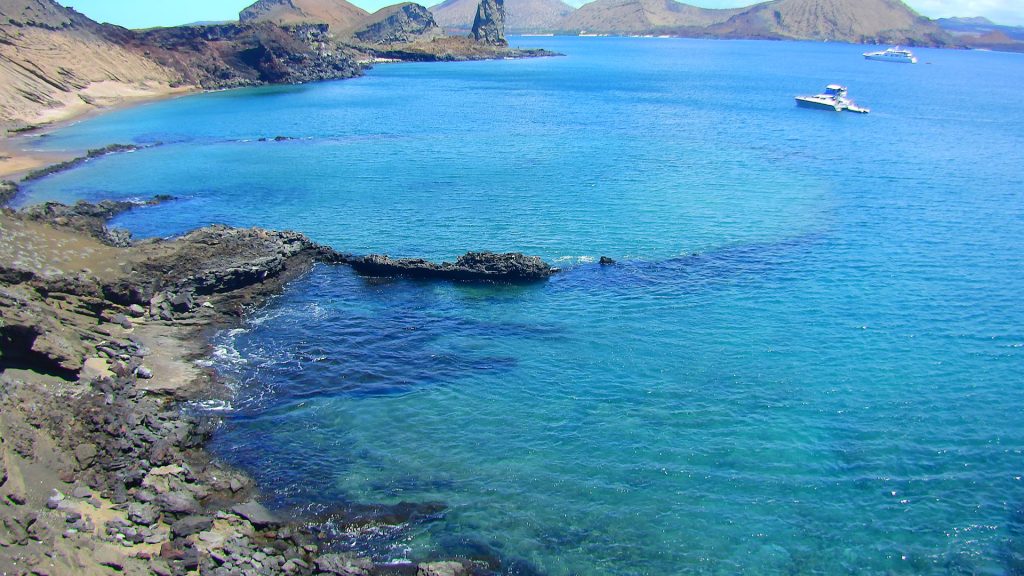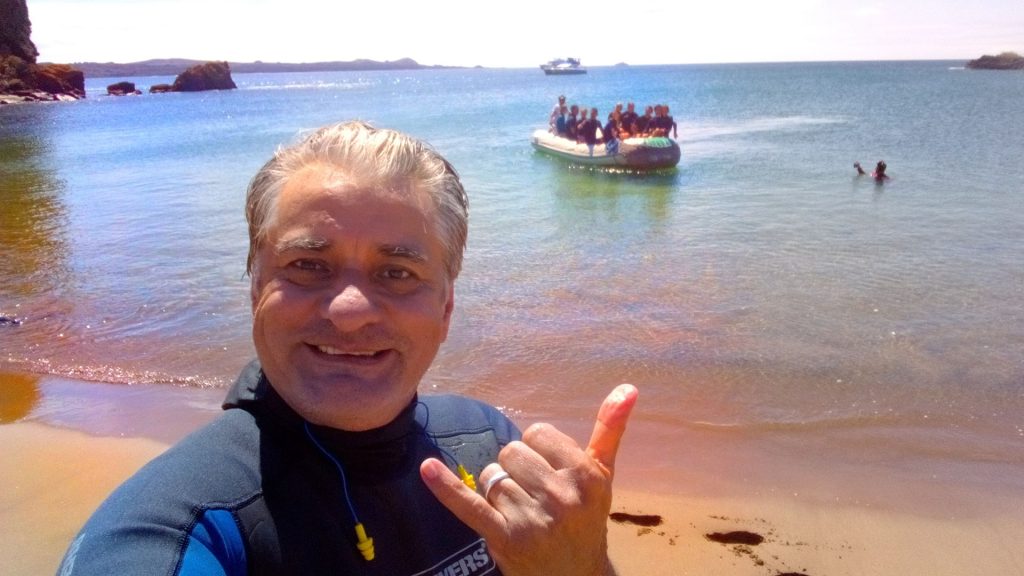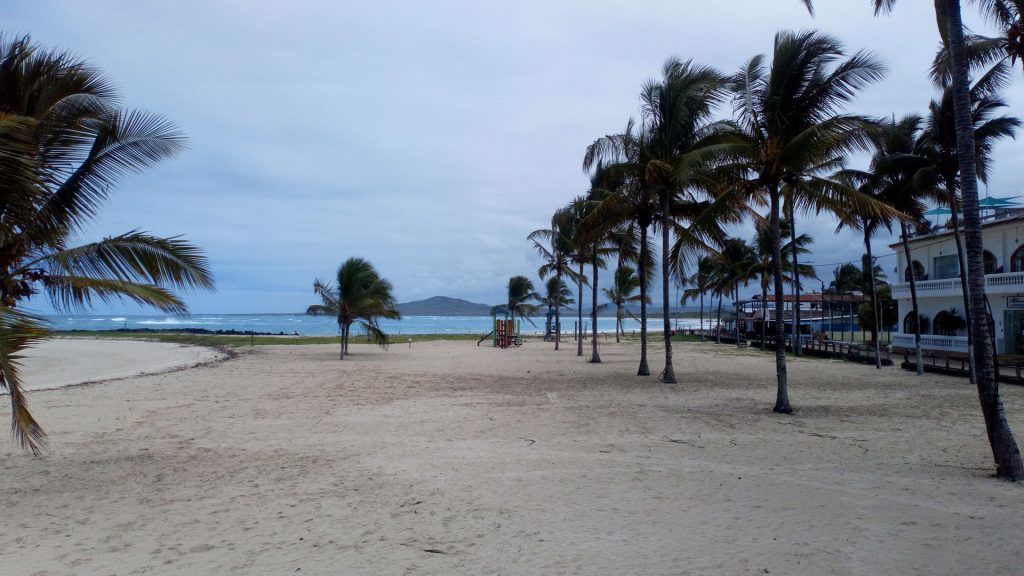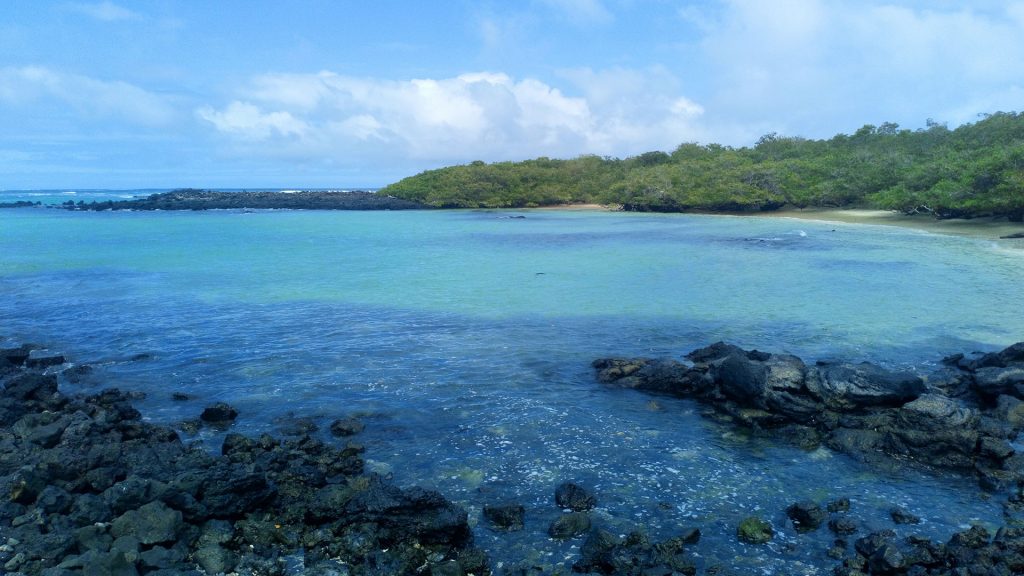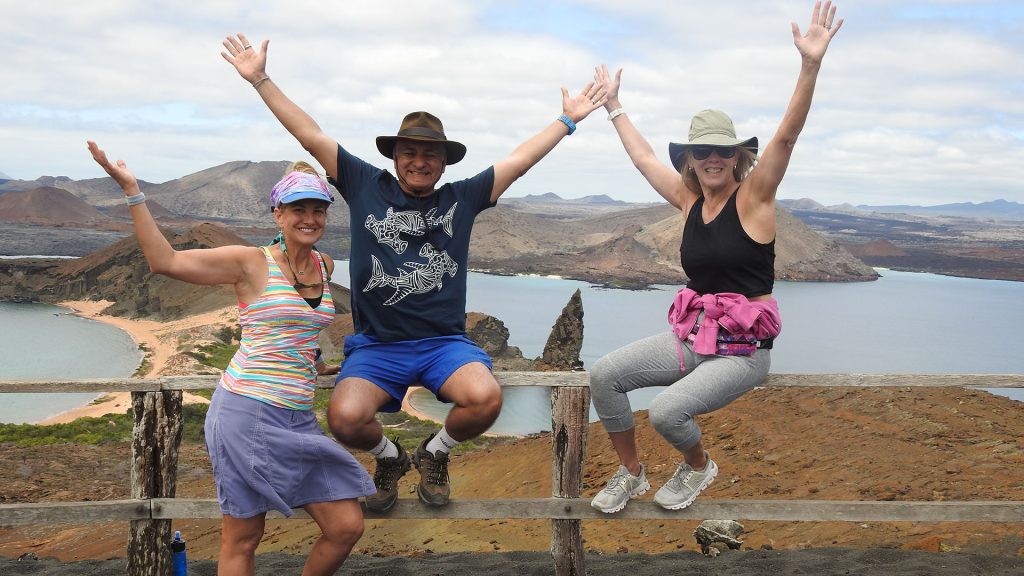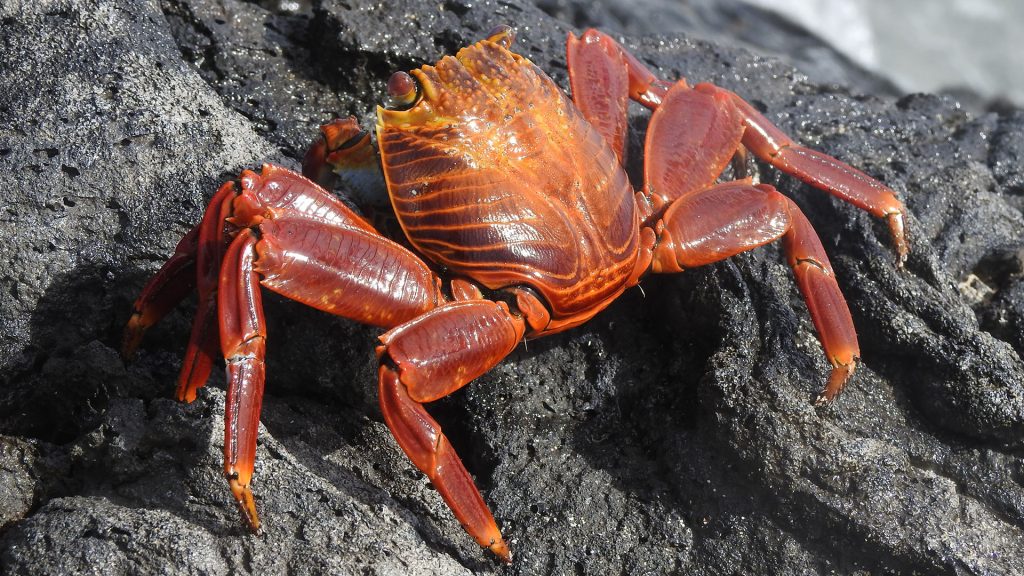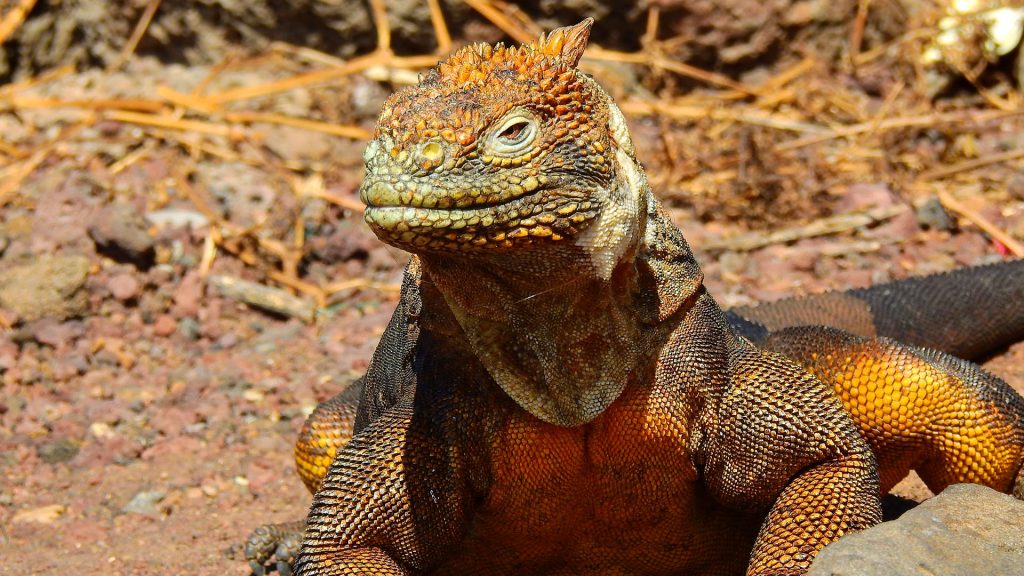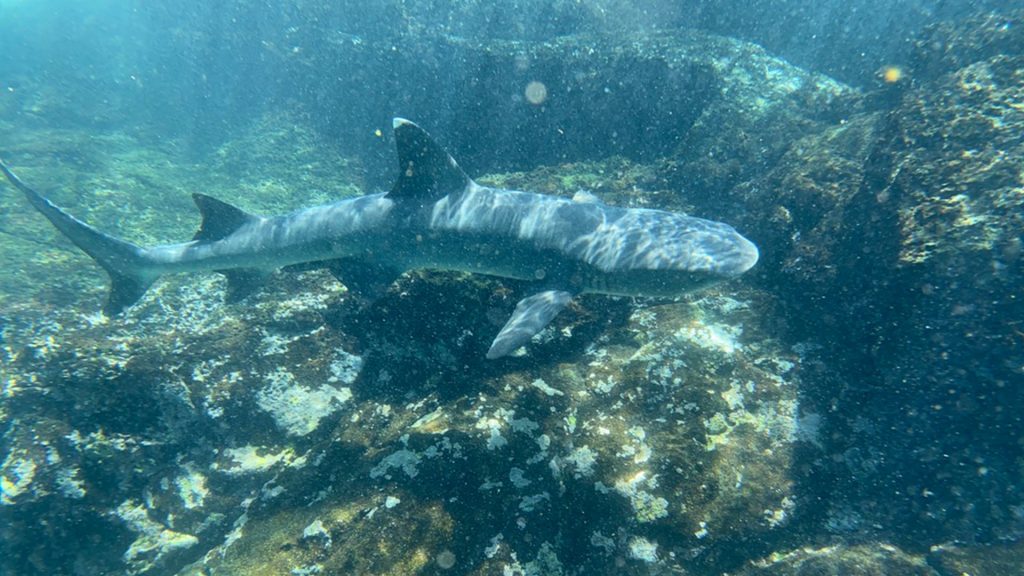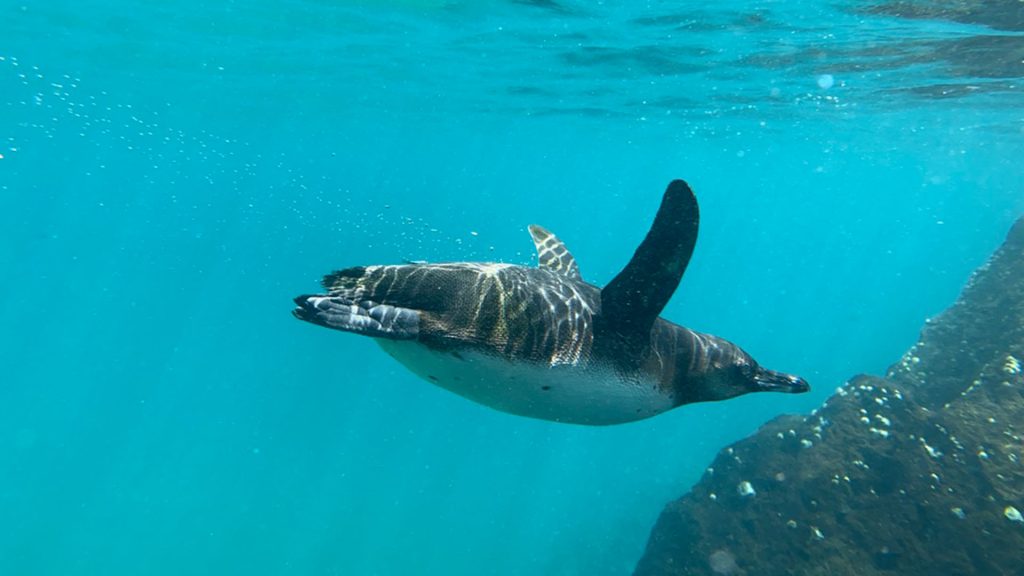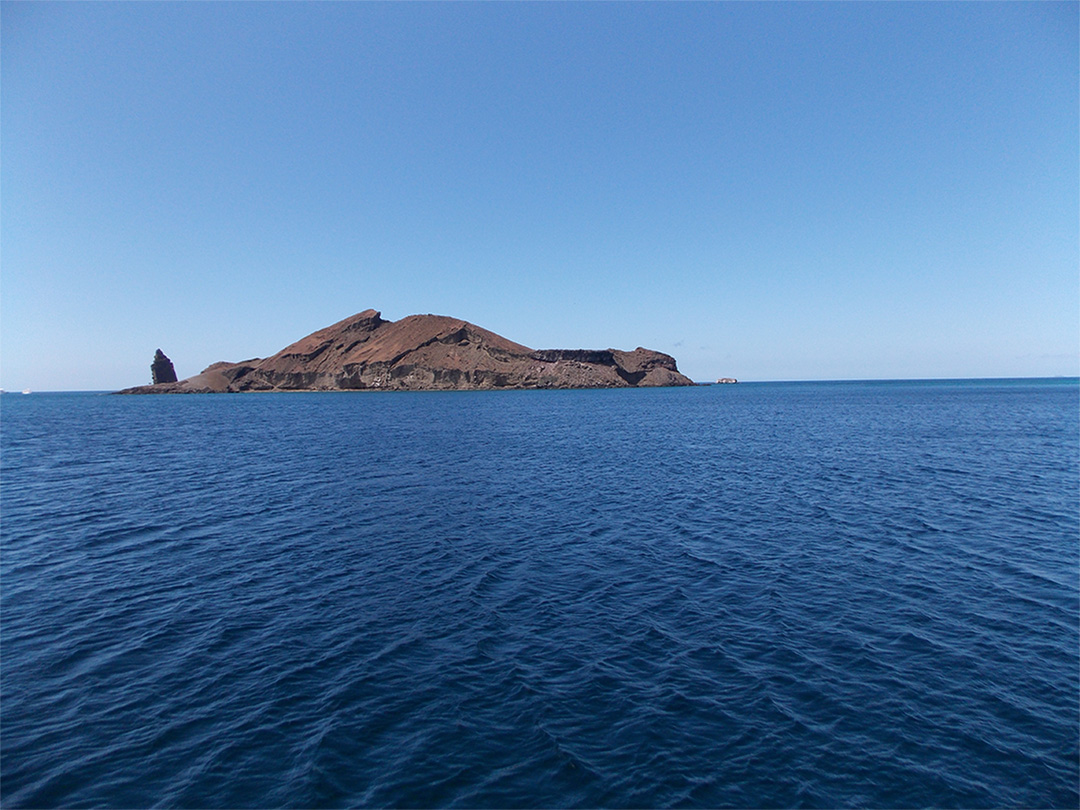THE ONLY PERSONALIZED, SAFE AND 100% IN ENGLISH 6D 5N
Galapagos Cruise.
Eduardo was the best! The ages in our group ranged from 25 to a 91 year old in a wheelchair. He tailored the tour beautifully to make sure everyone was accommodated and had a great time. We learned a lot and also had a lot of fun! I would definitely recommend this tour!
Rebecca Jones
Experience the magical Galapagos islands in an epic way, safely and without any translation problems with a Eddie acting as your Tour Leader a native citizen from Guayaquil.
Hi, I’m Eddie, I’ve been a guide for people like you for more than 30 years and I can guide you on a really fun and eye-opening trip in a totally safe way.
To find a professional local guide rich in knowledge and a love and passion for culture, history and photography is hard to find in a bundle. Eddie Meneses is just that! The experience that he shared is one that all travelers should par taken in.
I myself am a destination expert for the State of Florida and to meet someone that is truly passionate about there destination makes the visit so well worth it.
Highly recommend if you are traveling to anywhere that is within Eddie’s area that you use his services. A+
Eddie takes the time to hand pick local people to also enhance the experience from the driver that navigated the local roads, the people at a local market ( telling there stories ) to the naturalist guides that shared our adventure on our trip it is a bundle of professionals that created the overall experience to bring back to our families to share.
Do not miss out on one of his adventures!
Alley Peters House of Travel Miami
Tour description
DAY 1 – THURSDAY
AM: Flight to Baltra Airport (GPS)
Participants are welcomed by our naturalist guide and taken on
an hour bus drive to the pier to board the Galapagos Sea Star
Travel.
PM: Charles Darwin Research Station (Santa Cruz Island)
When we visit the station, we will have the chance to learn about the role of the Charles Darwin Station in the protection and conservation of the islands.
The National Park service with the help of the Charles Darwin Station helps to restore populations of different species of tortoises, according tothe total land surface of each island.
After the visit, we will have some free time to visit the town and shop for souvenirs.
DAY 2 – FRIDAY
AM: White Tipped Reef Shark Canal & Sierra Negra Volcano
(Isabela Island)
We will have a boat ride to look for blue footed boobies, pelicans, herons and Galapagos Penguins, followed by a dry landing for a loop trail. This small islet is the result of a volcanic uplift and home of one of the eleven sub-species of
marine iguanas There is a channel, locally call Tintoreras, after the presence of white-tipped reef Sharks resting on the bottom of this canal.
Sierra Negra is 60 to 40 km wide and with 7 to 10 km length, isthe largest and simultaneously the shallowest (elliptical) caldera of all Galapagos volcanoes. Is often said that Sierra Negra is among the largest calderas in the world, The caldera itself has undergone several episodes of collapse, upheaval and deformation.
Good hiking shoes and light rain jacket are highly recommended for this hike.
PM: Wetlands (Isabela Island)
We have a five-minutes bus ride to get to the breeding center to observe the Galapagos giant tortoises from various sites of Isabela, on different ages which are unique for this island, follow by an interior trail through mangrove forest and wet lands at both sides. Flamingos, herons, marine iguanas, migratory birds are often seen.
This trail will end on front of a beach, where you will have free time to
enjoy the view and the little village can be visited too.
DAY 3 – SATURDAY
AM: Punta Moreno (Isabela Island)
Wet landing on the lava field for a long walk where we find a great volcanic formation giving the chance to the photographers to take nice photos. Two types of lava flows are found Pahoehoe and “AA”.
We have a trail on the bare lava with lagoons to observe occasionally
flamingos and wading birds. Boat ride activity to look for the biggest
marine iguanas, deep water snorkeling off the zodiac.
PM: Elizabeth Bay (Isabela Island)
Elizabeth Bay is located at the west side of Isabela Island, the use of outboard motors is forbidden, we have a boat ride inside of the bay surrounded by red mangrove trees to observe in the water spotted Eagle rays, golden rays, sea turtles, flightless cormorants. This a natural mating area for sea turtles, we will move with paddles only to avoid disturbing the marine wildlife.
Marielas islets are found on front of the visitor side, where the largest
Galapagos penguin colony are present.
DAY 4 – SUNDAY
AM: Punta Espinoza (Fernandina Island)
Fernandina is the youngest of the Galapagos Islands, and it is considered the best preserved island in the world. Free of introduced species.
Over the last 50 years there have been more than ten eruptions. As a result of this volcanic activities, Punta Espinoza has been uplifted 90 cm since 1975. Coral reefs and mangrove roots are exposed to the strong ties which are unable to survive. Fernandina has a high diversity of species such as Galapagos hawk, two species rodent, one species of snake, lava lizard, flightless cormorant, Galapagos sea lion (baby sea lions enjoying the intertidal swimming pools), sally light foot crab and marine iguana.
Snorkeling off the zodiac, it is a great and only chance in your trip to observe marine iguanas and sea turtles feeding on seaweed underwater. Flight-less cormorants will show us their extraordinary adaptation to get food underwater having stronger muscles on their feet and legs, giving them the possibility of high-speed diving.
PM: Tagus Cove
Is located at the northwestern side of Isabela Island, after a dry landing we have a wooden stairway, its name is originated when the British vessel “Tagus” visited this cove. Sailors began to make graffiti on the Cliff around the cove.
The trail leads to Darwin’s salt-water crater lake, excellent views of lava fields and volcanic formations.
We will return by the same path for a boat ride along the shoreline full of marine wildlife.
A great location for snorkeling to look for seaturtles and flightless cormorants in the waters.
DAY 5 -MONDAY
AM: Espumilla Beach (Santiago Island)
Espumilla beach is located at the northern end of James Bay. It is an important nesting side for marine turtles. There is an inland hiking trail when occasionally there are flamingos and Galapagos pin-tail ducks. The trail loops through the arid zone, where you can observe Galapagos hawks.
Optional snorkeling activity.
PM: Puerto Egas (Santiago Island)
Wet landing on a black volcanic sandy beach, where is the resting side of the Galapagos sea lions. There is a loop trail, the first section is formed of volcanic ash and the second half is an uneven terrain of volcanic basaltic rock, the coast is home of a variety of animals at the end of this site we have natural volcanic formation called the grottos of Galapagos fur seals.
The interior trail leads to the beach where usually Galapagos hawks are present.
A great location for snorkeling from the beach, playful and curious sea lions swimming around the visitors, colorful tropical sh and occasionally marine turtles and white-tipped reef sharks are founded in the waters.
DAY 6 -TUESDAY
AM: Isla Lobos (San Cristobal)
We have an early visit in this little island which is located close to Port Baquerizo Moreno. We have a big colony of Galapagos
sea lions by the landing site and the barks of the males is very noticeable. The trail leads through a semi desertic area, blue footed boobies nest on the ground and frigates on the trees. The vegetation is represented by black mangrove trees, salt Bush and holly stick mostly.
After the visit, participants will be transferred to the airport for their return flight to Guayaquil or Quito.
** This itinerary is subject to change without notice; due to seasonal changes,
weather conditions or Galapagos National Park regulations. **
